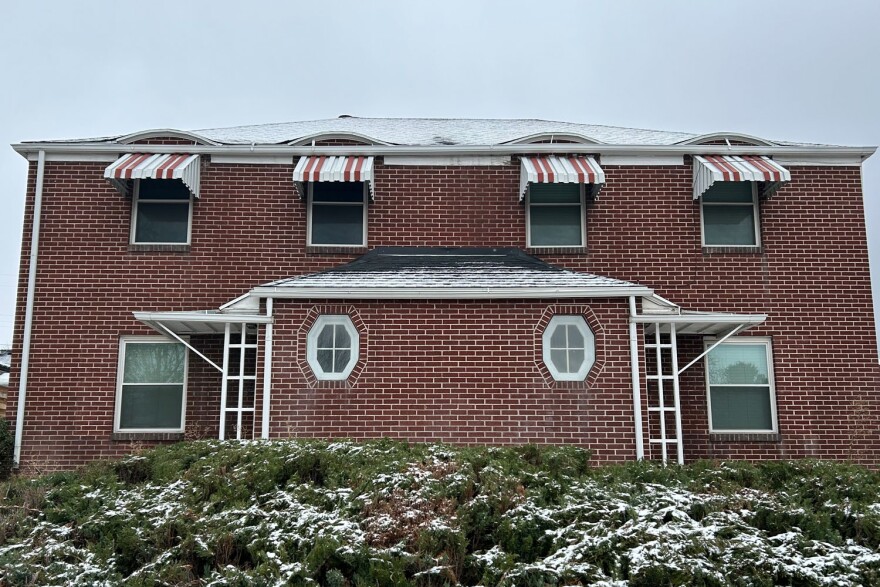The Salt Lake City Council approved sweeping changes to residential zoning rules on Dec. 5, bookending a process that started over four years ago under former Mayor Jackie Biskupski.
The city’s “Affordable Housing Incentives” program is an effort to encourage more affordable housing construction after low stock and high prices have stressed both the rental and home buying markets.
The changes go into effect April 20, 2024, and follow months of discussions among the council, city staff and members of the public.
On the surface, the changes are significant. Quadplexes — that's a single structure with four separate units — can now be built in all residential zones in the city. In some areas, an additional one to three stories of height may be allowed. For zones that already allow multi-family housing, more units can be built. The program also comes with reduced parking requirements and a streamlined planning process.
The catch is that in order for a project to be approved, some affordability requirements have to be met. Those include having a certain number of units listed below specific area median income — or AMI — thresholds.
Other building requirements come into play, too.
“The current setbacks in whatever that zone is and building heights and lot coverage still apply,” said city planning director Nick Norris. “So a proposal would have to comply with those types of things … they then obviously have to meet building codes, fire codes, etc.”
During an Oct. 17 public hearing on the proposal, some residents expressed concerns the changes would degrade neighborhood character.
As the council held final deliberations, Councilor Chris Wharton encouraged those skeptical of the changes to visit a neighborhood like Marmalade or the Avenues that has “single family homes next to apartments, next to condos, next to townhouses, next to historic mansions.”
“This process … is going to create a similar and better result [where] we are going to be able to have more types of housing diversity.”
The changes, said Norris, were never intended to eliminate single-family zoning in Salt Lake City.
“This was meant as a way to ask, if we're going to maintain that single-family zoning, are there ways that we can incentivize and authorize other housing types that fit into our neighborhoods at a price point that more people can afford?” he said.
This does not mean quadplexes will start popping up overnight in neighborhoods across the city though.
“When you look at how much land changes on an annual basis through redevelopment, it's actually a really small percentage of the land in the city,” said Norris, “I don't think it'll be more than, at least, to start, a handful of projects per year.”
There’s also the economic side of the equation. Interest rates are still high.
The most immediate effects, said Norris, will be seen in “projects that are already going through or seeking some sort of housing subsidy, whether it's from the city, the state or federal government.”
In the end, whether the incentives succeed in their intended goal of creating more affordable housing largely depends on the will of homebuilders.
“This is still incumbent upon developers who live in a high interest rate ecosystem taking us up on these offers,” said Councilor Victoria Petro. “So we know that there's a lot of wild cards here, but this is good work and it's good work in the right direction.”






